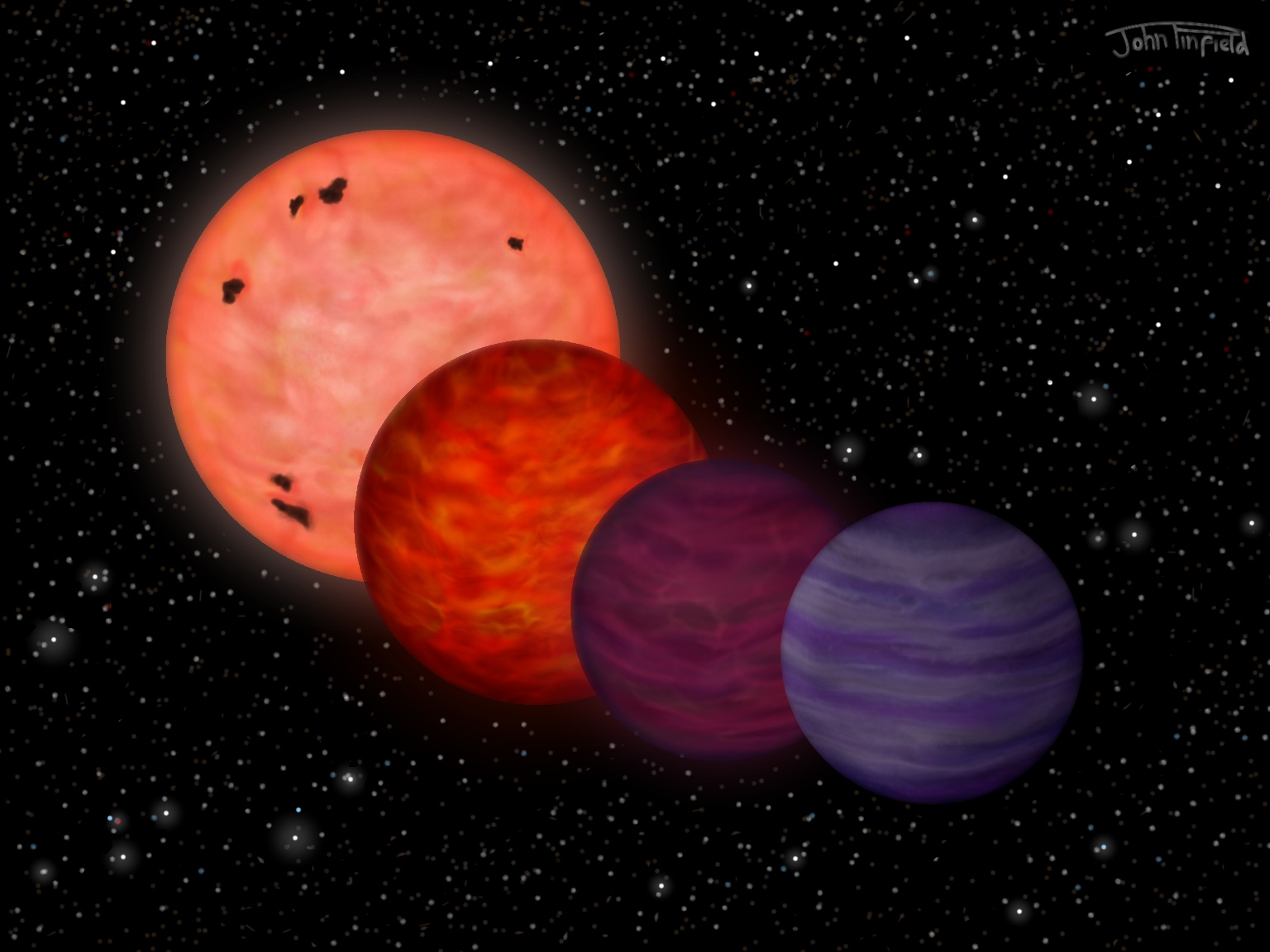August 15, 2014. Instituto de Fisica y Astronomía
A Planet type Object was discovered that could have been born as a hot star.
 Investigators from the Instituto de Fisica y Astronomía, Drs. Mariusz Gromadzki and Radostin Kurtev, form part of the team that made the discovery.
Investigators from the Instituto de Fisica y Astronomía, Drs. Mariusz Gromadzki and Radostin Kurtev, form part of the team that made the discovery.
WISE J0304-2705 currently has a temperature that barely could boil enough water for a cup of coffee (temperature between 100 and 150 ºC), but which exceeded a temperature of 2800 ºC during its first 20 million years of life . This new stellar object was discovered by an international team of investigators, headed by Professor David Pinfield from the University of Hertfordshire (UK), Drs. Radostin Kurtev and Mariusz Gromadzki, both investigators from the Universidad de Valparaíso and of the Instituto Milenio de Astrofísica MAS as well as Professor María Teresa Ruíz, academic from the Departamento de Astronomía de la Universidad de Chile and of the Centro de Astrofísica CATA, by means of the WISE (NASA) space Observatory and the most powerful telescopes on Earth situated in the north of Chile (Gemini Telescope at Cerro Pachón, Magellan Telescope at Las Campanas and the NTT at La Silla).
WISE J0304 – 2705 forma parte del grupo de 20 enanas-Y que se han descubierto hasta ahora y que tiene propiedades muy peculiares que producen características inusuales en el espectro de luz que emite. “Se trata de un objeto con alta gravedad y muy baja metalicidad, lo que nos dice que es muy antiguo. WISE J0304-2705 podría tener una edad de más de 10 mil millones de años”, explica el Dr. Kurtev, "momento en el cual comenzó a enfriarse llegando a su actual temperatura de unos 100 a 150 ºC". El Dr. Mariusz Gromadzki comenta que “las mediciones desde la Tierra fueron muy difíciles, incluso usando los telescopios más grandes del mundo. Fue emocionante cuando los resultados mostraron cuan inusualmente frío era este objeto”. Sin duda, agrega la Prof. María Teresa Ruiz, el descubrimiento de WISE J0304-2705, tan poco luminoso y con su espectro tan peculiar, plantea desafíos interesantes a los telescopios hoy disponibles y refuerza la necesidad de contar con instrumentos aún más poderosos como los que hoy se proyectan (E-ELT, el Magallanes Gigante y el TMT).
Enlaces asociados: Noticia de la Royal Astronomical Society - astro-ph - Artículo Extenso en Español (.pdf)





